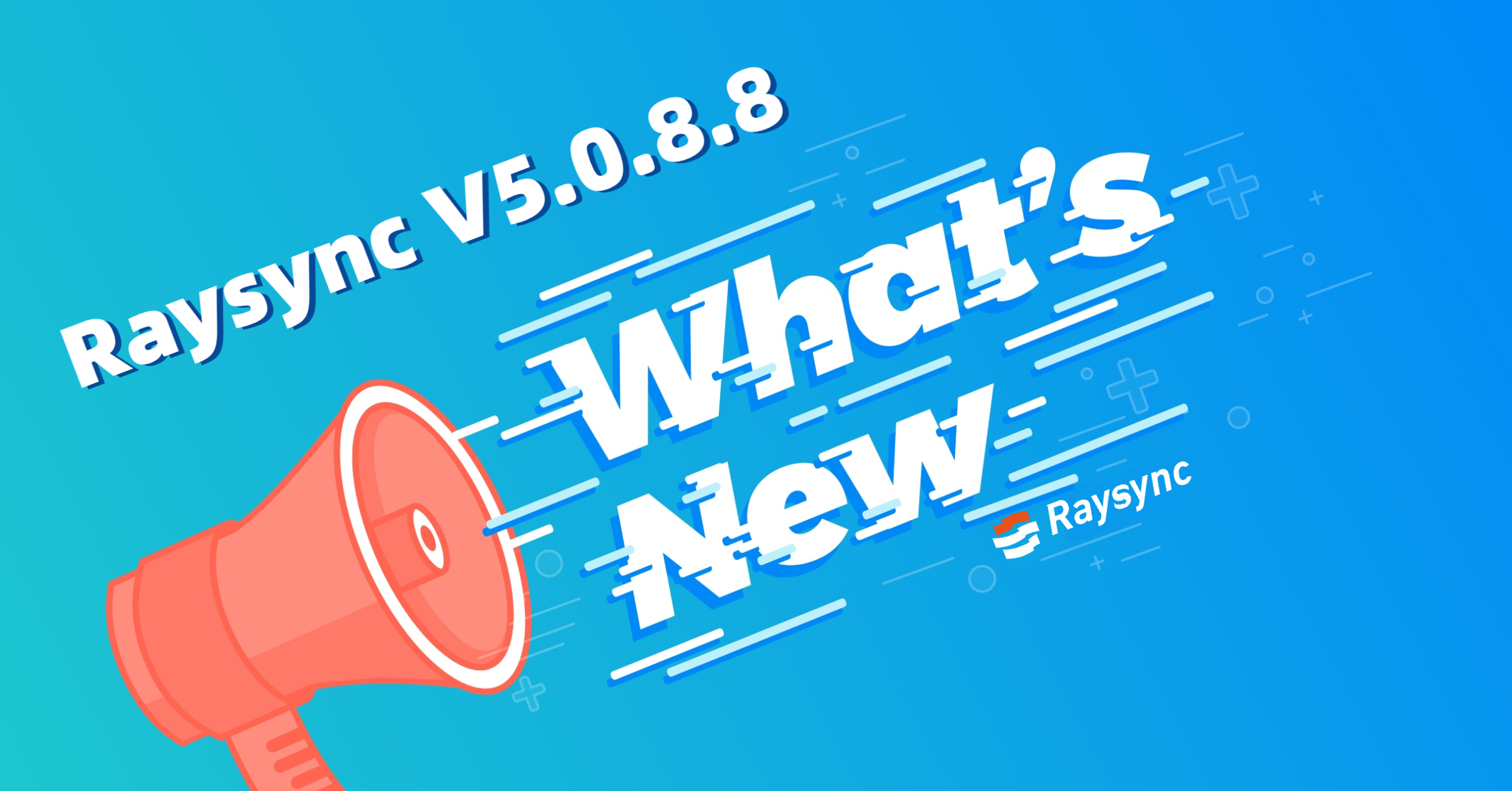Guardian of government information transmission security
With the rapid development of information technology, government units are increasingly relying on digital platforms in their daily work. A large amount of government information needs to be transferred between different departments and levels to support critical decision-making, policy formulation and implementation. However, traditional file transfer and data protection methods have a few problems that pose a threat to the security of government information.
Insecurity due to traditional data transfer
1. Risk of data leakage: traditional file transfer methods are prone to data leakage, which may lead to serious consequences once the information is illegally accessed.
2. Loss of data integrity: traditional transfer methods are difficult to ensure the integrity of the data, which can easily cause the information to be tampered with or damaged.
3. Unable to validate identity: the lack of effective identity verification mechanism for the transmission of files, easy to cause the introduction of unknown sources or malware.
4. Data transfer speed limitation: the traditional transmission method is slow, unable to meet the needs of government agencies for the transfer of large data and complex files.
As an efficient and secure file transfer tool, Rasync protects the security of government information in the following ways:
1. End-to-end encryption: Advanced encryption algorithms are used to encrypt transmitted files end-to-end, ensuring that only authorized recipients can decrypt and access the files.
2. Data Integrity Verification: Ensure the integrity of the file and prevent the information from being tampered with through hash value verification and other technologies.
3. Multi-authentication: Provide multi-level security authentication mechanisms, including username/password, dynamic password, digital signature, etc., to ensure the traceability of the transmission process.
4. Access Control: Realize fine-grained access control policy, restricting access to critical data according to user roles and permissions.
5. Efficient and stable transfer: Through the built-in ultra-high-speed transmission protocol, intelligent compression and other technologies, the transmission speed is increased to 100 times that of FTP. At the same time, it automatically and intelligently optimizes the network bandwidth, makes full use of the existing bandwidth, effectively reduces network delay, packet loss and other impacts, and realizes high-speed transmission of ultra-remote, cross-border large files and massive, small files.
What value does it bring to government units?
1. Enhancement of information security: Through the above protection measures, it effectively reduces the risk of information leakage and ensures the security of government core data.
2. Improvement of work efficiency: The high efficiency and stability of Raysync transfer can greatly improve the data transmission speed of government units, save time cost, and improve work efficiency.
3. Enhance collaborative capability: Through the sharing function of Raysync, it can easily realize the collaborative work between different departments and different levels and improve the overall work efficiency.
4. Compliance: Raysync complies with various domestic and international security standards and norms, which can ensure the compliance of government units in the process of information transmission.
5. Cost saving: Compared with traditional large files transfer methods, Raysync can greatly reduce the demand for network bandwidth and hardware resources, thus saving costs.
6. Enhanced Traceability: Complete transmission logs and authentication mechanisms enable government units to have stronger traceability in the process of data transmission, which helps in the investigation of accidents and accountability.
7. Perfect file storage: It supports automatic file storage and backup to avoid data loss due to misuse or equipment damage.
Summary
Through the comprehensive safeguards of Raysync, government organizations can ensure secure information transmission, improve work efficiency, reduce operating costs, and protect national security and citizens' privacy.
You might also like

Raysync News
December 26, 2023Why UDP transmissions lose packets and how to fix it.
UDP packet loss affects the quality and efficiency of transmission, causing data loss, delay, and even transmission failure. So, this article will analyze the reasons for UDP packet loss and the corresponding common solutions for reference.

Raysync News
December 29, 2022What's New in Raysync V5.0.8.8?
Raysync optimizes the file uploading function, and the new version supports selecting files and folders to upload at the same time, making it easier for users to operate and use.

Raysync News
January 7, 2021Enterprises should have risk awareness when facing data compliance
Login authentication has a built-in anti-violence cracking mechanism, and the user enters the wrong password five times in a row within 3 minutes, and the account will be automatically locked;